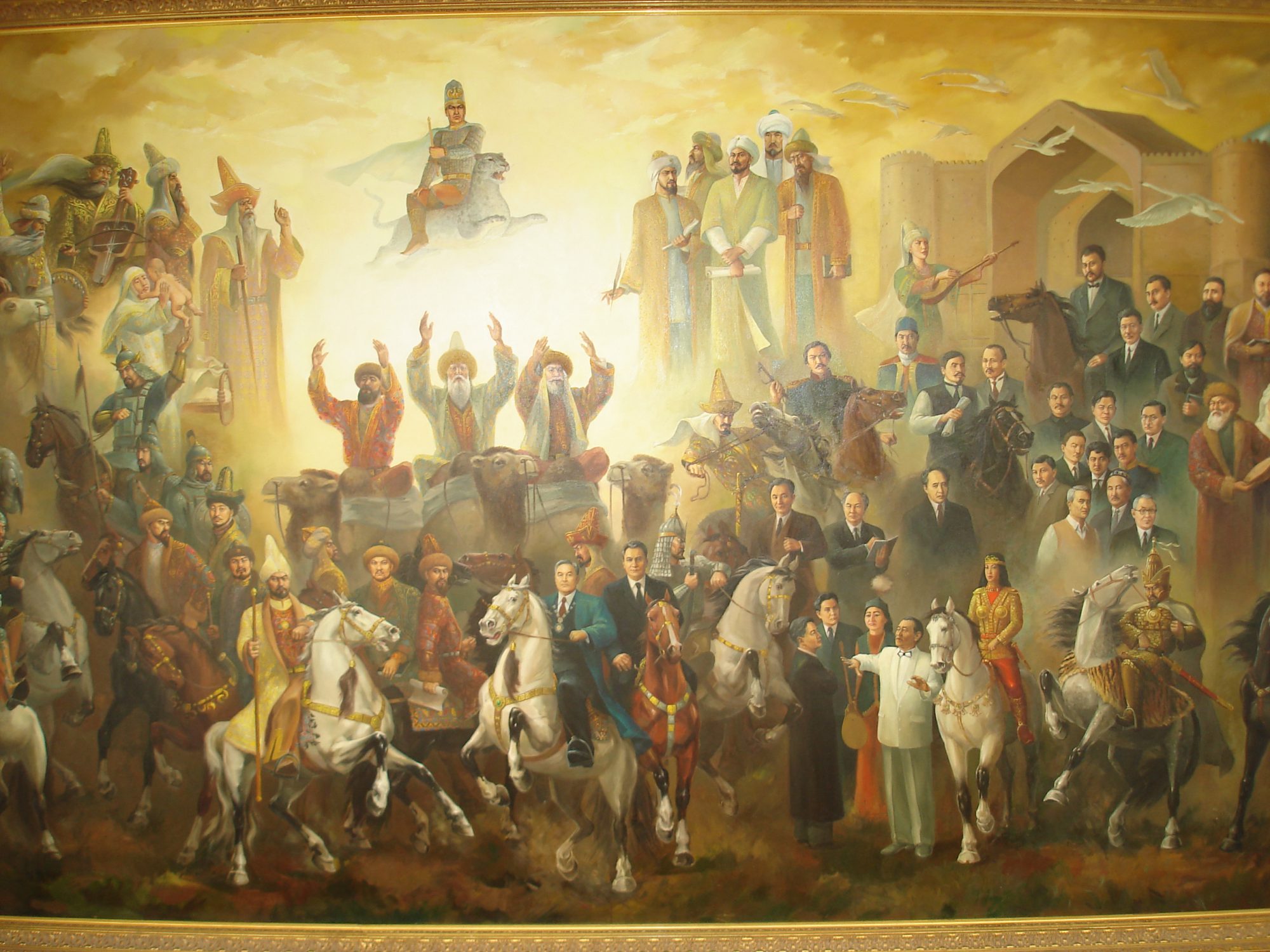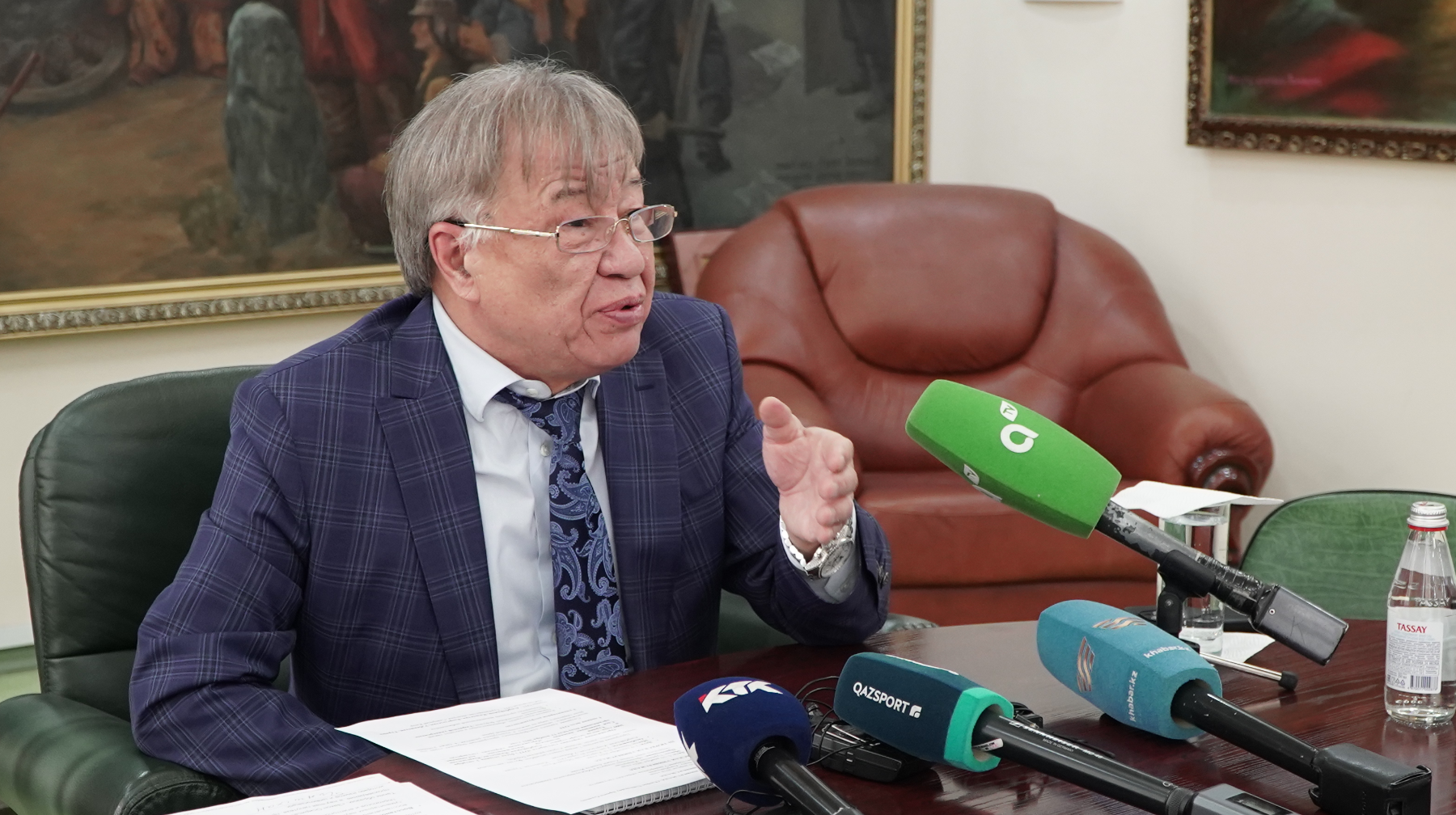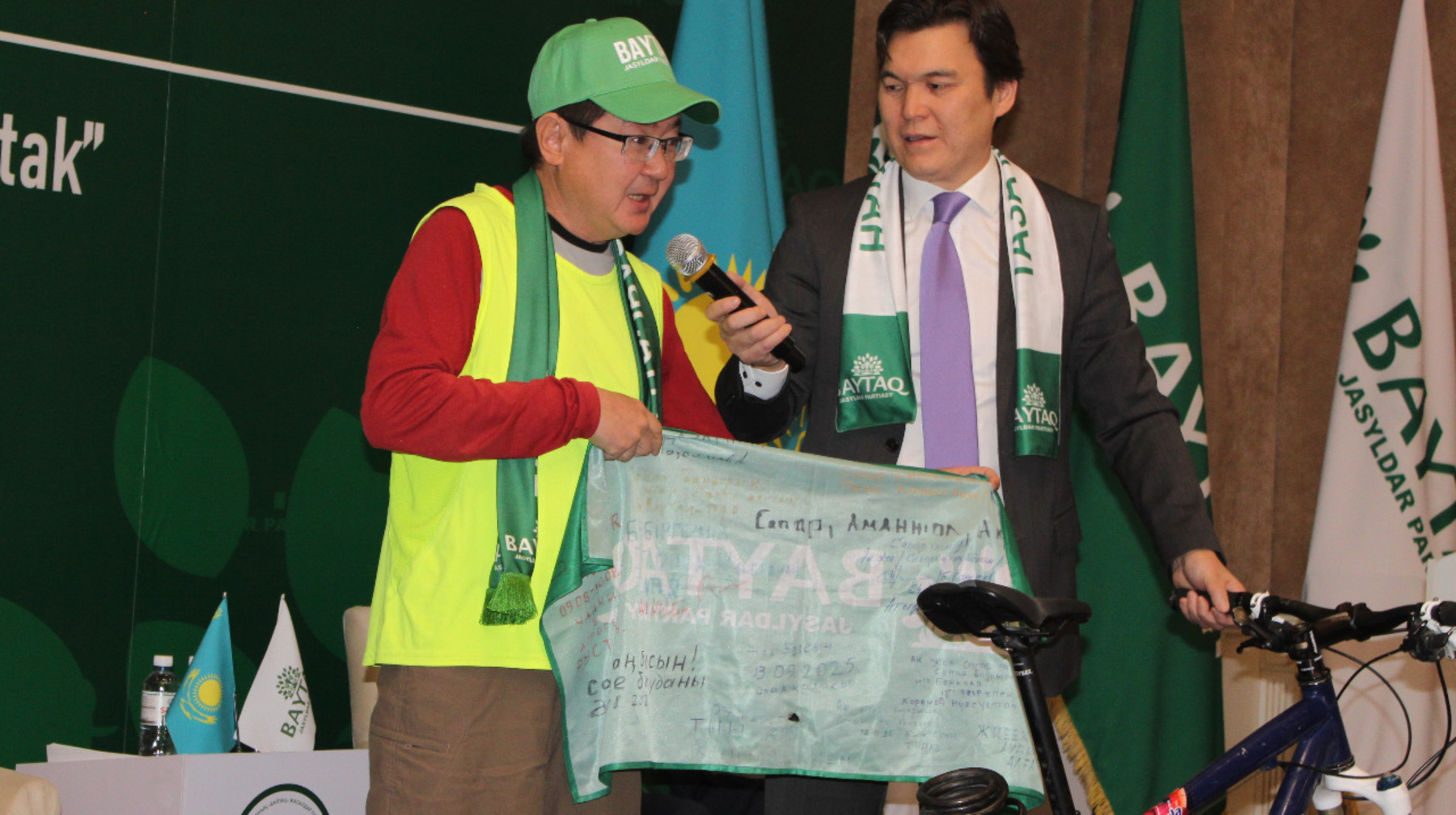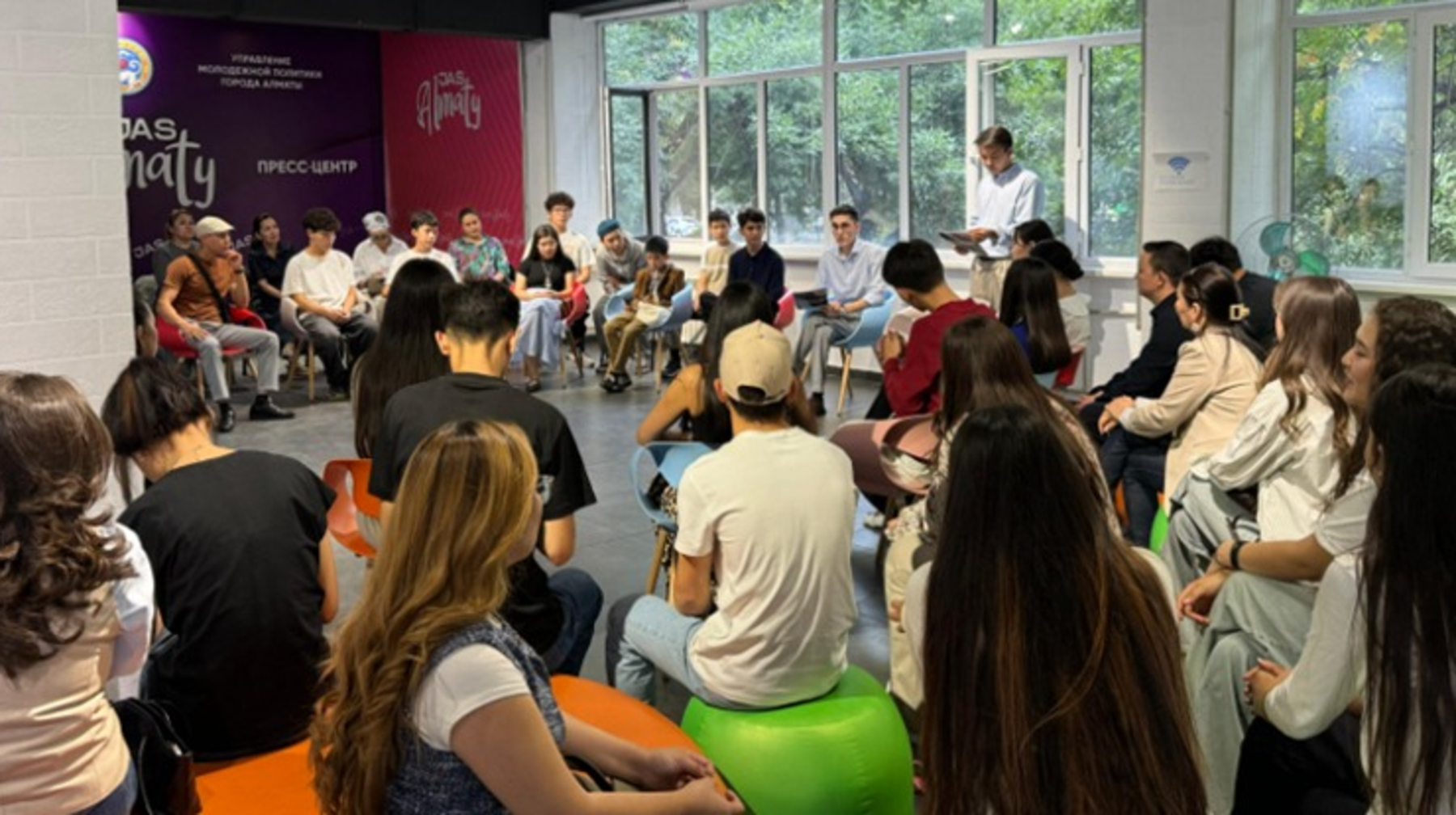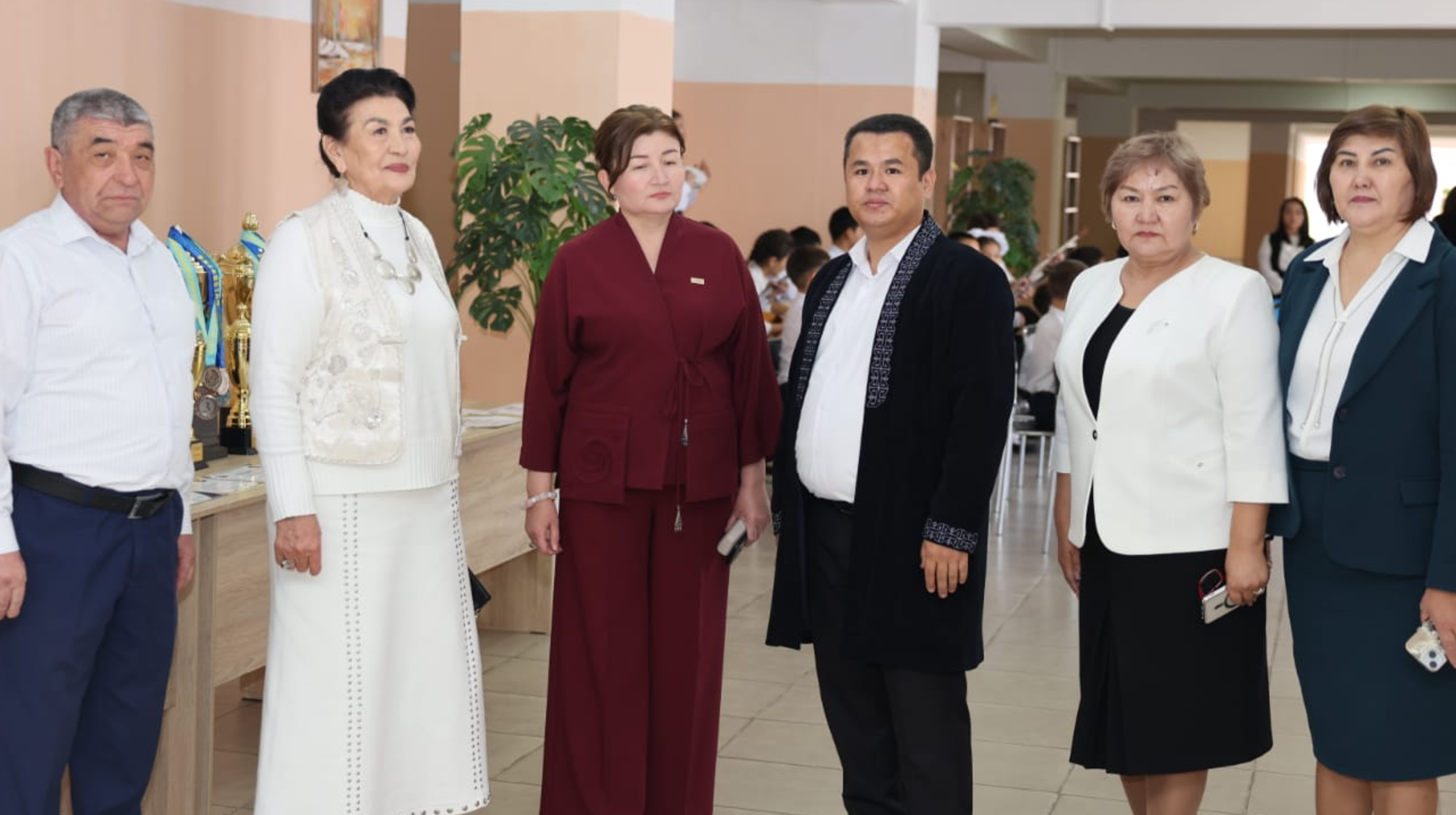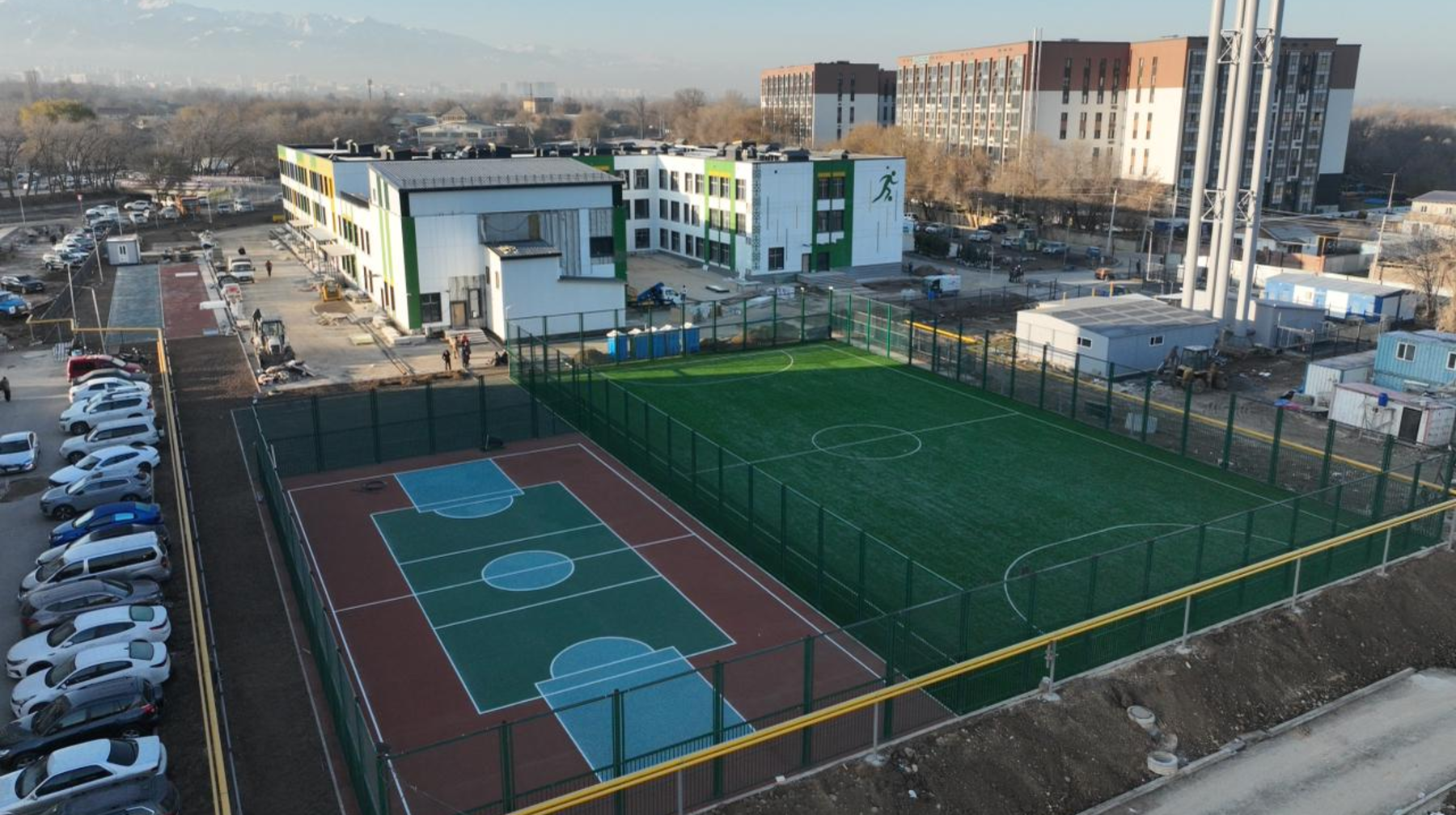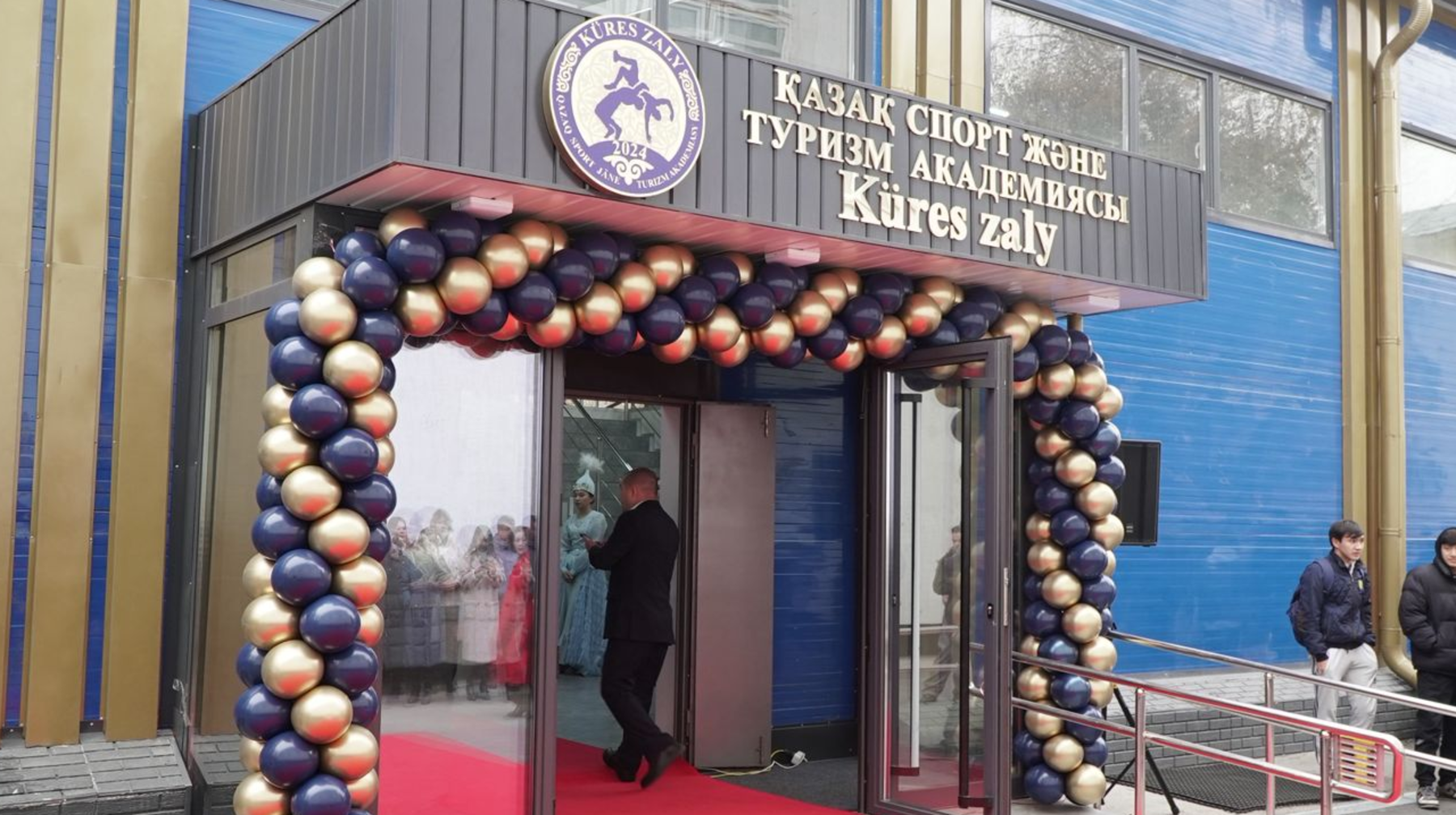The secret of success lies in the mentality of the Finnish people...
The key takeaway from the text is the emphasis on Finland's education system as a model for success. Here's a concise summary:
The education system of Finland has been highlighted for its excellence, especially by Kyrgyzstan's parliamentarians who have scrutinized and admired it. They argue that while countries like the USA, Japan, or even Russia are often considered for educational insights, Finland stands out globally for its compact and effective system.
Despite the world rapidly advancing into the digital age with gadgets and technology permeating every aspect of life, Finland's emphasis on education and innovation remains unparalleled. The phrase "A nation's future depends on education; a nation without education is a stranger to the world" resonates deeply.
For Kazakhstan, like many other countries, investing in education remains crucial for progress. While reforms have been made over time, challenges persist, and it's essential to continually evaluate and improve the education system.
In summary, Finland's educational success is attributed to its national mindset, focusing on qualities like diligence, adaptability, innovation, and a strong commitment to education. This mindset, coupled with a supportive government, significant investment, and a holistic approach to education, sets Finland apart as a leading example globally.
The teacher is the driving force of Education.
In Finland, reforms in education forty years ago led to the establishment of new schools, improvement of textbooks, and a profound change in the attitude towards teaching. As a result, teachers became the cornerstone of education, with their role and status in society elevated significantly.
In Finland, teachers of the Finnish language receive a monthly salary of 3600 euros, while subject teachers receive 4100 euros. Newly employed young teachers are paid a salary of around 3000 euros.
Furthermore, the selection process for teachers has become more rigorous, with increased requirements for education and longer training periods. The status and salary of teachers have risen in society, leading to heightened competition among candidates applying for teaching positions.
The university education system in Finland prioritizes practical teaching methods, with about 67% of the curriculum consisting of practical classes. Additionally, student participation in learning and teaching methods is encouraged, with the focus shifting towards active learning rather than passive listening.
Overall, the emphasis is on producing highly qualified teachers who can conduct research, analyze data, and contribute to educational development through their scientific work. This approach ensures a strong bond between university education and practical teaching, fostering innovation and excellence in the field of education.
You have two different choices: Lyceum or school.
The most important point is that education starts with children entering the school and primary education system. Municipalities in Finland are required to provide free education and basic necessities such as meals for all children aged six and above in kindergartens and primary schools. Overall, the Finnish society places great importance on educating children from an early age, with the aim of achieving a high percentage of children receiving education in kindergartens and primary schools. The curriculum and goals for education are determined in advance.
As in many other countries, children in Finland typically start school at the age of nine. Some children may start school late due to psychological or medical recommendations, or parental decisions.
Finnish citizens (including non-citizens) receive primary education in nine-year comprehensive schools. This requirement was introduced in 1921, shortly after Finland gained independence from Russia, but has been strengthened by law since 1988. The Constitution of Finland states that "every person has the right to education, and education is compulsory for ages 7-17." Unlike in some other countries, there are no specialized or selective schools for gifted children or schools that focus solely on a specific subject. The understanding is that children, regardless of their social background, acceptance, health, or disability, should receive education in a similar and equitable manner.
In the first six years of the nine-year comprehensive school, students are taught by one teacher, and then they transition to subject-specific teaching methods from the seventh grade onwards.
The curriculum includes the following subjects: mother tongue, second national language, foreign language (usually English), mathematics, physics, chemistry, history, civics, crafts, music, arts and crafts, physical education, home economics, religion and ethics, biology, geography, and ecology. In addition, optional elective courses are offered according to the interests and abilities of the student. The school year typically starts in mid-August and ends in late May or early June, with a total of 190 days. Students attend school only during the daytime. The weekly school hours for the first grade are limited to 20 hours, gradually increasing to 25-30 hours in later grades.
It is important to note that the Finnish education system is highly personalized and non-discriminatory for students. Teachers assess each student's abilities and provide appropriate assignments accordingly. There are fewer homework assignments given to students to complete at home compared to many other countries. Instead, the Finnish education system emphasizes a balanced approach between school and home learning. Teachers typically provide tests that assess how well the topics covered in class have been understood. This fosters student responsibility and engagement with their learning process.
In Finland, about 45% of teachers in primary schools and 50% in upper secondary schools are men. According to their testimony, the presence of male teachers in schools positively influences the quality of education and upbringing. It is considered essential that male educators work in kindergarten as well, as their presence can serve as a role model for children.
Overall, the role of teachers in Finland is highly respected and valued, with a focus on ensuring high-quality education and fostering a supportive learning environment for all students.
If you get a white hat - you are lucky...
The key aspect to consider is that upon finishing nine years of high school, students are presented with two alternatives: they can either enroll in vocational school or pursue further education by attending a lyceum (gymnasium) to prepare for higher academic endeavors. Both paths have high demands, especially in preparing for further studies. Additionally, vocational schools in Finland offer specialized training in various fields, while lyceums provide a comprehensive secondary education and prepare students for university admission. Finnish youth are characterized by forward planning and a strong sense of personal responsibility, both in education and in life.
The path to the plaintiff is open.
In Finland, graduation from upper secondary school opens up two different paths within the higher education system: one leading to traditional universities and the other to vocational training institutions. While universities primarily impart theoretical knowledge and guide students towards academic pursuits, VET institutions focus on imparting practical skills and expertise in various fields of industry. As a result, the length of study in VET includes a significant emphasis on practical experience, typically lasting between 3.5 and 4 years.
In addition, Finland's higher education landscape, characterized by institutions such as the University of Technology and the School of Economics, reflects a long-standing commitment to autonomy and independence. These institutions have the authority to set their own academic programs, admission procedures and regulations. However, they are also subject to government oversight and financial control, which ensures accountability and quality standards.
In addition, Finnish higher education institutions offer a wide variety of programs, including specialized vocational programs, technical programs, business programs, and interdisciplinary studies, which cater to a wide range of academic interests and career aspirations. In addition, while higher education in Finland is largely free of charge, students may incur nominal costs for study materials and living expenses, with accommodation fees ranging from 45 to 90 euros per month, along with additional costs for meals and personal needs.
In summary, Finnish higher education institutions provide students with rigorous academic training, practical skill development, and a strong connection to contemporary research and technology, fostering a sense of optimism and confidence in the future among students and stakeholders alike.
The way is open to the plaintiff.
Finland's higher education system offers two main pathways: traditional universities and vocational institutions. While universities focus on theoretical education leading to academic pursuits, vocational institutions provide practical skills tailored to various industry sectors, with the latter typically lasting between 3.5 and 4 years. In addition, Finnish universities enjoy considerable autonomy and government oversight ensures accountability, with both universities and vocational institutions receiving funding and offering diverse programs of study.
Ashirbek AMANGELDI


